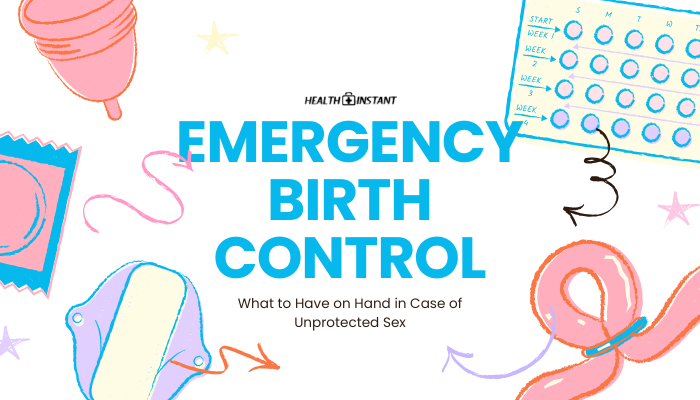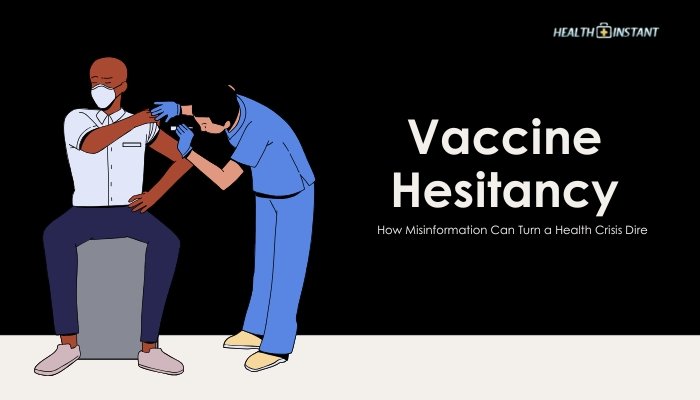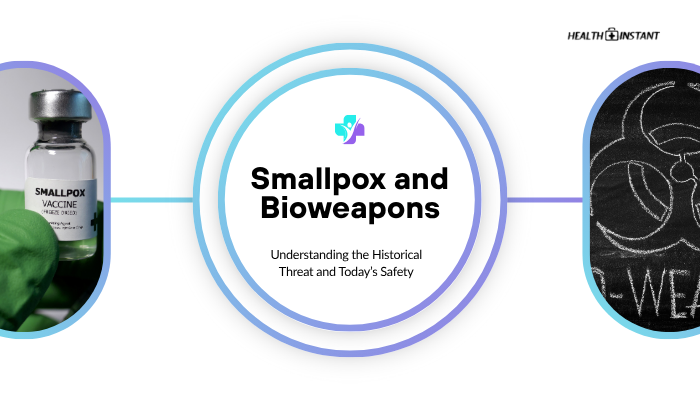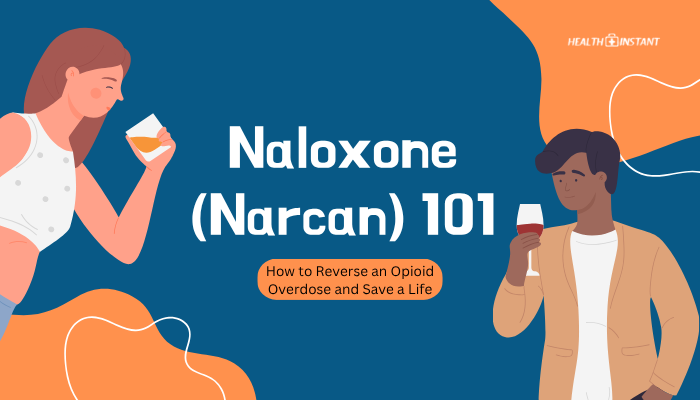Introduction
Unplanned or unprotected sex can happen, and sometimes standard contraceptives fail—like a broken condom or missed birth control pills. In these moments, emergency contraception provides a second chance to avoid unintended pregnancy.
Understanding which options exist, how soon they must be used, and any limitations helps you respond quickly. This guide covers the primary types of emergency birth control, where you can get them, and how to handle possible side effects.
Types of Emergency Contraception
Levonorgestrel Pills (Plan B)
- Over-the-Counter: Available without a prescription in many countries.
- Effective Window: Most beneficial if taken within 72 hours (3 days) of unprotected intercourse, though some label instructions mention up to 5 days with declining efficacy.
- Brand Examples: Plan B One-Step, Take Action, My Way.
Ulipristal Acetate (ella)
- Prescription Needed: In many regions, you must see a healthcare provider or telemedicine service.
- Effective Window: Up to 120 hours (5 days) post-intercourse, typically more effective than levonorgestrel at later intervals.
- Mechanism: Delays or inhibits ovulation more effectively near mid-cycle.
Copper IUD
- In-Clinic Procedure: Must be inserted by a medical professional.
- Effectiveness: Over 99% effective if placed within 5 days of unprotected sex.
- Long-Term Option: Continues to prevent pregnancy for up to 10–12 years once in place.
How Each Method Works
- Levonorgestrel Pills: Temporarily delay or prevent ovulation; less effective if ovulation has already occurred.
- Ulipristal Acetate: Blocks or delays the ovulatory process more consistently, altering the uterine environment.
- Copper IUD: Creates a hostile environment for sperm and eggs by releasing copper ions, preventing fertilization or implantation.
When to Use Emergency Contraception
- Unprotected Sex: No prior contraception used or gap in regular method.
- Contraceptive Failure: Condom breaks, missed multiple birth control pills, or dislodged diaphragm.
- Sexual Assault: As part of immediate care, if pregnancy risk is possible.
Earliest intake usually offers the highest effectiveness. Even if uncertain about timing or cycle, it’s generally better to take it sooner rather than later.
Where to Obtain It
- Pharmacies: Levonorgestrel pills often sit on store shelves in the family planning aisle.
- Doctor or Clinic: For prescriptions (Ulipristal) or copper IUD insertion.
- Online Services: Some telehealth platforms deliver next-day shipments of emergency contraceptive pills.
- Planned Parenthood or NGO Clinics: Provide low-cost or free options in certain areas.
Side Effects and Safety Considerations
- Levonorgestrel
- Mild side effects: Nausea, fatigue, headache, or changes in next menstrual cycle.
- Generally safe, but not an ongoing birth control replacement.
- Mild side effects: Nausea, fatigue, headache, or changes in next menstrual cycle.
- Ulipristal Acetate
- Similar side effects: Nausea, dizziness, possible delay in period.
- Avoid mixing with certain birth control methods immediately afterward; talk to a pharmacist or doctor.
- Similar side effects: Nausea, dizziness, possible delay in period.
- Copper IUD
- Potential for heavier periods or cramping initially.
- Requires a clinic visit for insertion and removal.
- Potential for heavier periods or cramping initially.
No method guarantees 100% success. A pregnancy test 2–3 weeks after use can confirm results.
Prevention vs. Long-Term Options
- Regular Contraception: Reduces reliance on emergency methods and typically proves more effective.
- Backup Plan: Even if you use routine birth control, having a fallback (like a levonorgestrel pill) on hand can mitigate late or missed pills.
- Consult Healthcare Providers: For consistent methods like oral contraceptives, IUDs, or implants that better align with lifestyle and health.
Frequently Asked Questions
- Will it harm an existing pregnancy?
- Emergency contraception does not interrupt an established pregnancy.
- Emergency contraception does not interrupt an established pregnancy.
- Can I use it multiple times?
- Occasional usage is physically safe, but less effective than consistent birth control; repeated usage might disrupt menstrual cycles.
- Occasional usage is physically safe, but less effective than consistent birth control; repeated usage might disrupt menstrual cycles.
- Does it protect against STIs?
- No, only condoms or safe sex practices help reduce STI risks.
- No, only condoms or safe sex practices help reduce STI risks.
Conclusion
Emergency contraception is a valuable option in circumstances of unprotected intercourse or contraceptive failure. By acting promptly, you can greatly reduce the chance of unintended pregnancy. However, it shouldn’t replace a reliable, ongoing birth control method. Keep an emergency pill handy if you might need it, know the differences among levonorgestrel, ulipristal, and the copper IUD, and consult a healthcare professional for personalized guidance.
References
- World Health Organization (WHO). (2018). Emergency contraception guidelines.
- American College of Obstetricians and Gynecologists (ACOG). (2021). Practice bulletin on emergency contraceptives.
- Planned Parenthood. (2020). Types and effectiveness of emergency birth control.
- Centers for Disease Control and Prevention (CDC). (2019). Contraception and family planning recommendations.
Disclaimer: This article is informational only and not a substitute for professional medical advice. Consult your healthcare provider for personalized recommendations.






